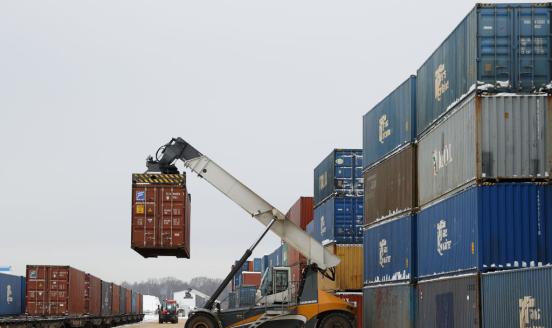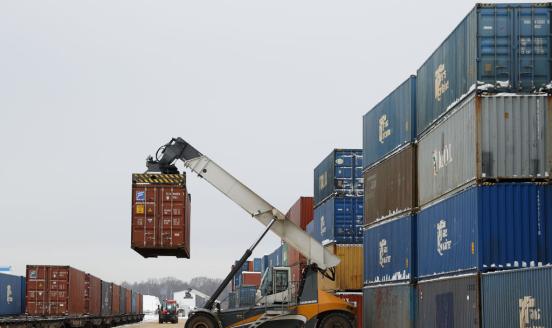Arithmetic is absolute: euro area adjustment
Interviewer: Guntram Wolff, You are the author of the policy contribution “Arithmetic is absolute: euro area adjustment”. What is your assessment of relative price adjustment in the euro area?
Guntram Wolff: There is a big discussion whether relative price adjustment is happening just in one part of the euro area and not in the other. Namely, that prices move in some countries but I others they don’t. Therefore I looked at price adjustment, price data, consumer price inflation and I found that actually consumer price inflation is not adjusting in most countries of the euro zone. We have some countries where we see adjustment, especially in Ireland where there has been a significant drop in inflation rate but in most other countries there is no significant adjustment visible at the moment.
Interviewer: So, is the European Central Bank achieving symmetric adjustment?
Guntram Wolff: Well, when looking at the data it is clear that some countries have very significant recessions but we also see that these recessions do not lead to price drops. So we see changes in unit labour costs but we don’t see changes in inflation and that makes it very difficult for the ECB to actually react to the recessions because if inflation rates were to fall then monetary policy would be forced to ease its conditions and thereby trigger a boom in the northern countries of Europe beyond what it does at the moment. The worrying thing here is that the ECB’s scope for action is limited because of the broken link between unit labour cost and consumer price inflation.
Interviewer: What does the outlook look like for adjustment in the euro area for the years to come?
Guntram Wolff: I looked at the forecast of the European Commission and the outlook actually is not very encouraging. We see that consumer price inflation in Italy remains above the euro zone average whereas consumer price inflation in Germany remains at the euro zone average. In fact, to achieve the rebalancing we need in Europe we need higher inflation rates in Germany and lower inflation rates in Italy and that we don’t see in the forecast yet.



